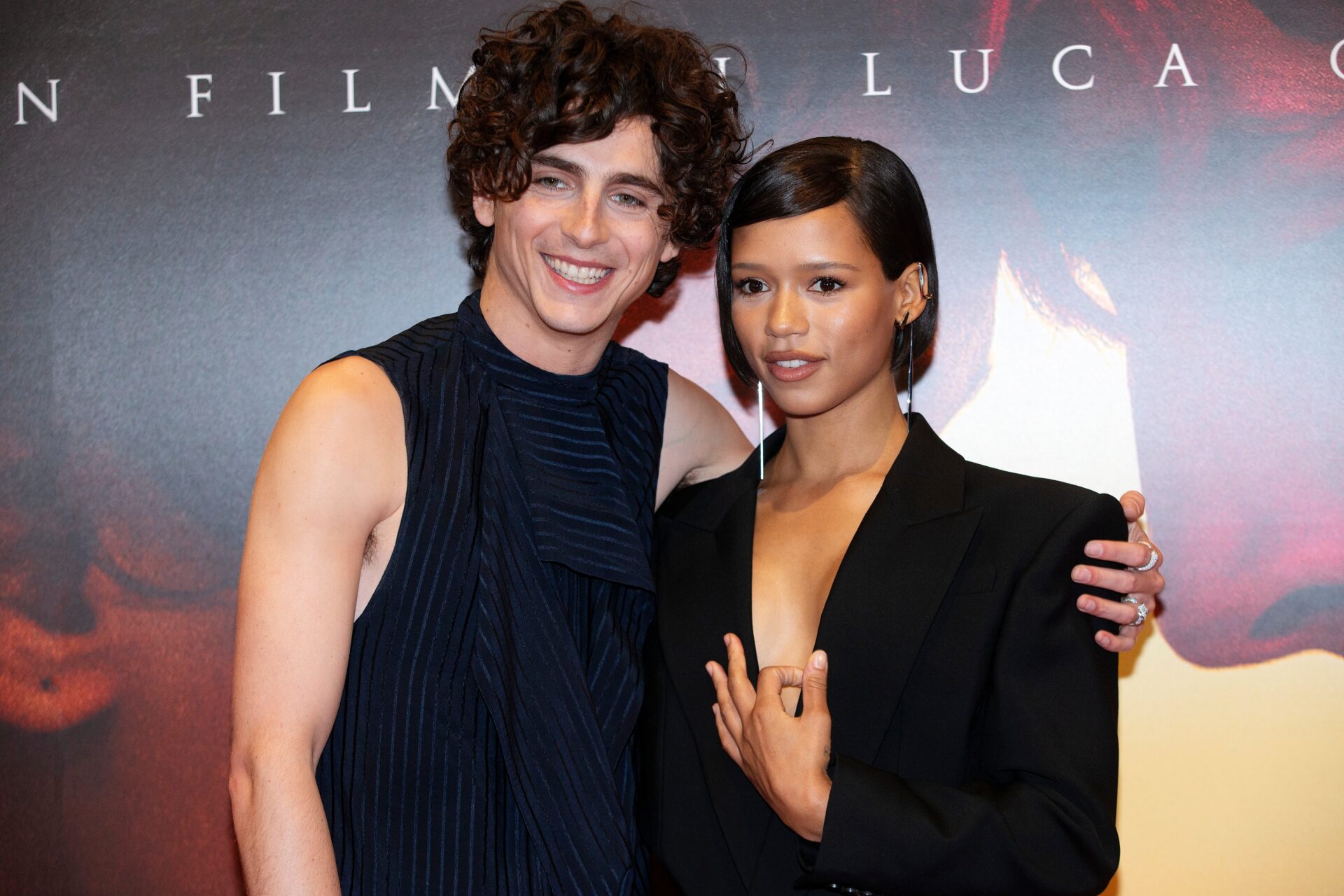Editor’s Note: This article contains spoilers for “Bones and All.”
Reviving the beloved young adult romance genre, “Bones and All” is a tragic love story between two wayward spirits with disturbing appetites. Directed by Luca Guadagnino, the film emerged on Nov. 18 as a refreshingly new classic combining the tragedies of romance, gore of horror and the essence of teenagehood typical of a coming-of-age tale.
After a slumber party gone wrong, Maren (Taylor Russell) wakes up abandoned by her own father (André Holland), who left behind a tape recording detailing her first act of cannibalism at three years old. Finding herself lost, Maren encounters and escapes from Sully (Mark Rylance), an old man who tries to offer her advice from his long life as a cannibal. As Maren attempts to repress her violent nature and seek answers about her identity, she embarks on a road trip across the country to find her mother (Ellie Parker), who is the only woman she believes can answer her questions. On her way, she meets and falls in love with Lee (Timothée Chalamet), a young cannibal outcast who has spent his life on the streets. However, this love story is far from your average fairy tale. As they traverse through the eastern backroads of the country, both misguided teens help each other navigate their morals and come to terms with their lives as cannibals.
At the heart of this ravishing, heartbreaking love story is two misunderstood people overcoming the traumas of their past of eating people and suffering from misunderstood identities. However, the film would benefit from a more clashing dynamic, since the only thing that sets the two apart are their fluctuating morals. As explained by Lee, the lifestyle of a cannibal is dire and leaves little-to-no options but to eat other people, be imprisoned or commit suicide. These are the three inevitable consequences that he emphasizes to Maren at the peak of their tension. Eventually, their morals are joined in harmony as they settle for a more dormant and domestic lifestyle.
While both characters seem reasonable in their judgment, a more nuanced relationship would also set the story in motion and add more tension and suspense. There is an overwhelming lack of stakes for the two cannibals who never seem to face any real threat or obstacle on their journey. Instead, they briefly try to avoid being caught in the cops’ attention without ever really being pursued by them. On a deeper level, what the pair truly suffers from is the looming guilt of their past murders — a hard justification for their hunger pains as flesh-eating teenagers.
Although the film controversially derails in many ways from its original novelization, Russell and Chalamet both breathe life into their characters through their captivating romantic chemistry and heartbreaking performances. From surface-level conversations in the back of Lee’s truck to tear jerking confessions about each other’s pasts, both actors capture the desperation of what it’s like to be a cannibal in a place that never will understand them.
The world of these characters, however, seems shockingly shallow and not so fully fleshed out. While the story tries to present its protagonists as lonely and isolated, the plot fails to succeed in that depiction when the only characters the protagonists ever encounter are other cannibals.
Maren and Lee as characters are too similar; often they seem to be on the same page only until it comes to the aftermath of their crimes. The only thing that sets them apart are their own skewed moral compasses. A complex, forbidden love story that follows the traditional interspecies romance as seen in films like “Twilight” or “The Shape of Water” would have conduced to a more interesting dynamic. Hypothetically, this format would allow the couple to wrestle with more conflict than just their moral differences — for example, one cannibal and one human that are desperately in love but never see eye-to-eye as different breeds. Even a story of two cannibals fleeing from the cops — in a similar fashion to Netflix’s “The End of the F***ing World” — would have sufficed for a more compelling story with higher stakes and consequences.
The pacing of the film plays accordingly to its “road movie” structure, with a few intense moments of gore and bloodshed interspersed between breathtaking shots of landscapes and nature. The film richly captures the ambience of a hot summer day and stirs a heartwarming sense of nostalgia with its cinematography. Notably, the indie-like movie weaves atmospheric shots of dry landscapes with the lonely, western-like plucking strings of a guitar. Each of these picturesque scenes bear a strong resemblance to a summery painting. After the two endure a night of hunger drenched in blood, they enjoy each other’s company in the warm heat and unwind to the soft, gentle breeze of the valley. The juxtaposition of this dual imagery underscores the film’s unique hybrid combination of genres, serving an ironically digestible narrative that’s memorable in both form and presentation.
Like most young adult romance novel adaptations, “Bones and All” is an endearing-yet-hollow portrait of two outcasts learning to navigate their survival on the margins of society. Though it lacks the depth of characters and worldbuilding, the film’s love story and tranquil summer-like ambience will bring warmth to any viewer, bones and all.
Raymond Dinh is an Entertainment Intern for the fall 2022 quarter. He can be reached at raymontd@uci.edu.



